Nature has a way of evolving its inhabitants, constantly molding them to suit their changing environments. However, some species seem to have defied the passage of time, remaining largely unchanged for millions of years. These are the “living fossils” — remarkable creatures that offer a glimpse into prehistoric life. Let’s delve into the fascinating world of these ancient beings, exploring their unique characteristics and what makes them so enduring.
What are Living Fossils?

The term “living fossil” was popularized by Charles Darwin in his seminal work, “On the Origin of Species.” It refers to species that have remained morphologically similar to their ancient ancestors found in the fossil record, often surviving extreme changes in their ecosystems. Living fossils are like time capsules, preserving the traits of ancient life forms in our modern world.
The Magnificent Coelacanth
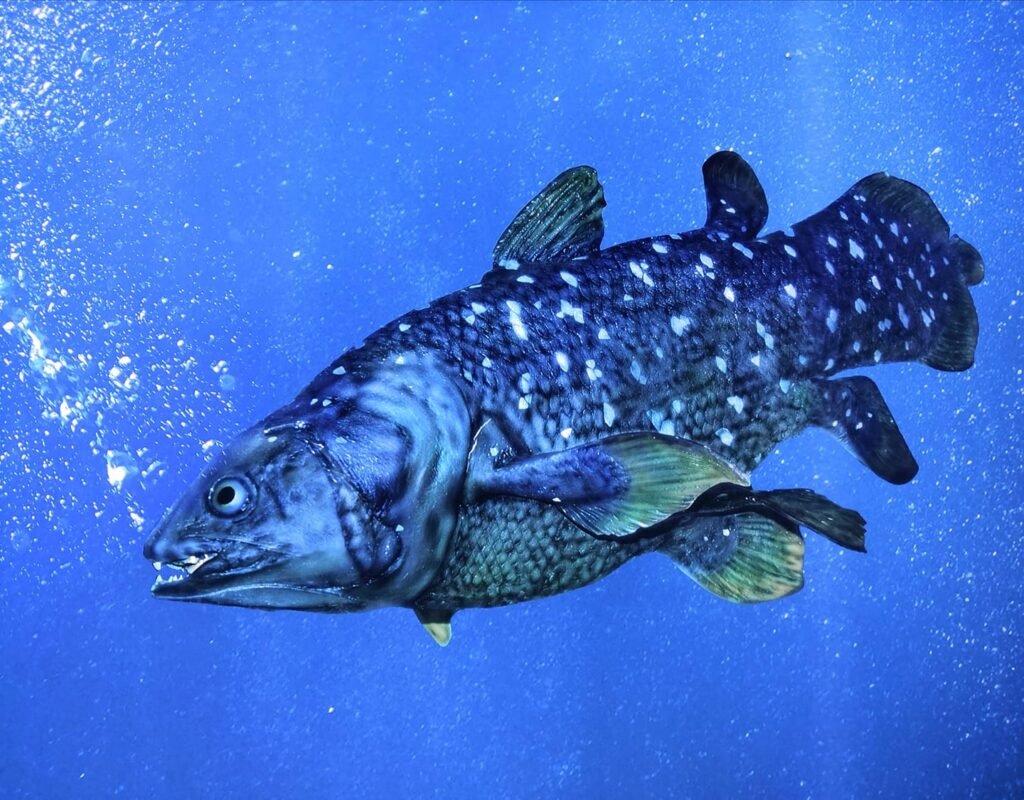
Once thought to be extinct for 65 million years, the coelacanth was rediscovered off the coast of South Africa in 1938. This deep-sea fish, with its lobed fins and distinct blue-gray body, offers a rare look at a lineage dating back over 400 million years. Its near-mythical status and rarity add to its allure as a living fossil, drawing scientists and ocean enthusiasts alike.
The Enduring Horseshoe Crab

Horseshoe crabs have been scuttling along the Earth’s shorelines for more than 450 million years. They play a crucial role in medical research due to their blue blood, which contains a powerful substance used to detect bacterial contamination in medical equipment and vaccines. Their hard, domed shells and spiky tails instantly transport observers to ancient coastal environments.
The Ancient Gingko Biloba
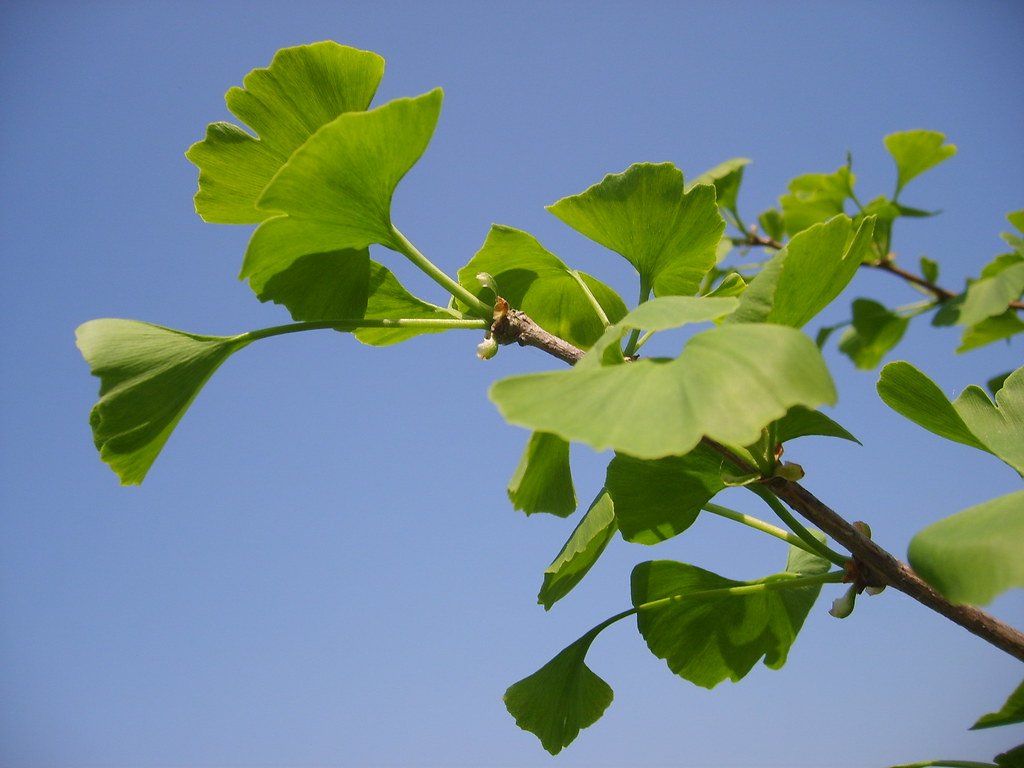
While not an animal, the ginkgo biloba is a renowned living fossil in the plant kingdom. This resilient tree has remained largely unchanged for over 200 million years, and it’s famed for its fan-shaped leaves and powerful medicinal properties. The ginkgo’s perseverance in various climates testifies to its adaptability and robustness.
The Unique Tuatara

Native to New Zealand, the tuatara is a reptile that represents the only surviving member of its order, which thrived around 200 million years ago. Although it resembles a lizard, its distinctive skull structure and third “parietal” eye mark it as a unique evolutionary relic. The tuatara’s slow growth rate and long lifespan further underscore its connection to ancient times.
The Resilient Nautilus
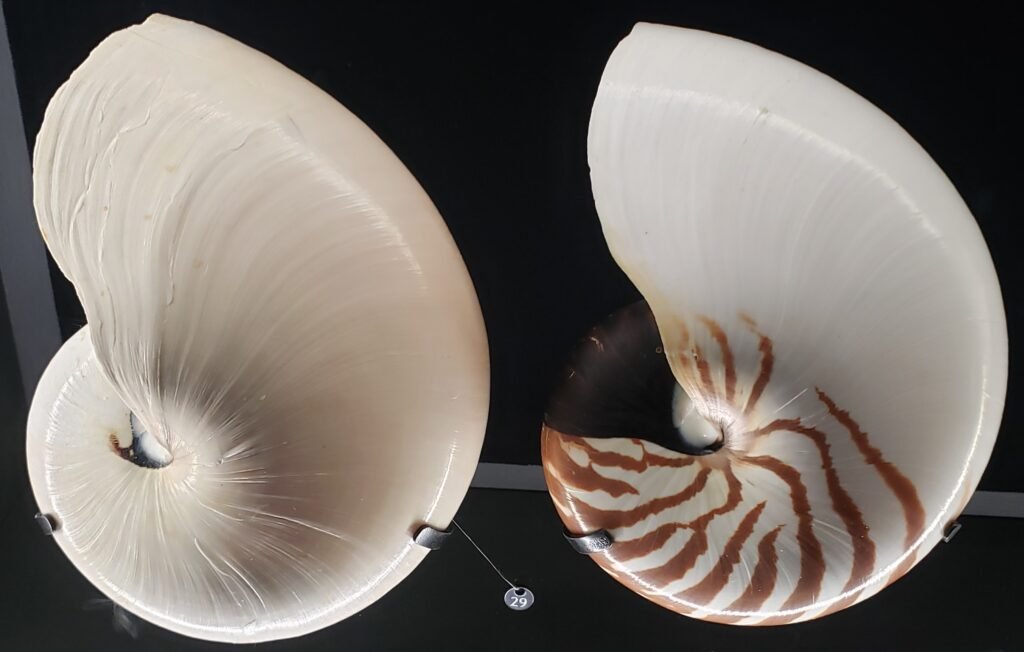
The nautilus is often hailed as a living symbol of the sea’s ancient era. This cephalopod, with its beautifully spiraled shell, has remained unchanged for about 500 million years. Preferring deep, tropical waters, the nautilus uses its jet propulsion system to navigate the ocean, echoing the aquatic life of prehistoric Earth.
The Primitive Sturgeon
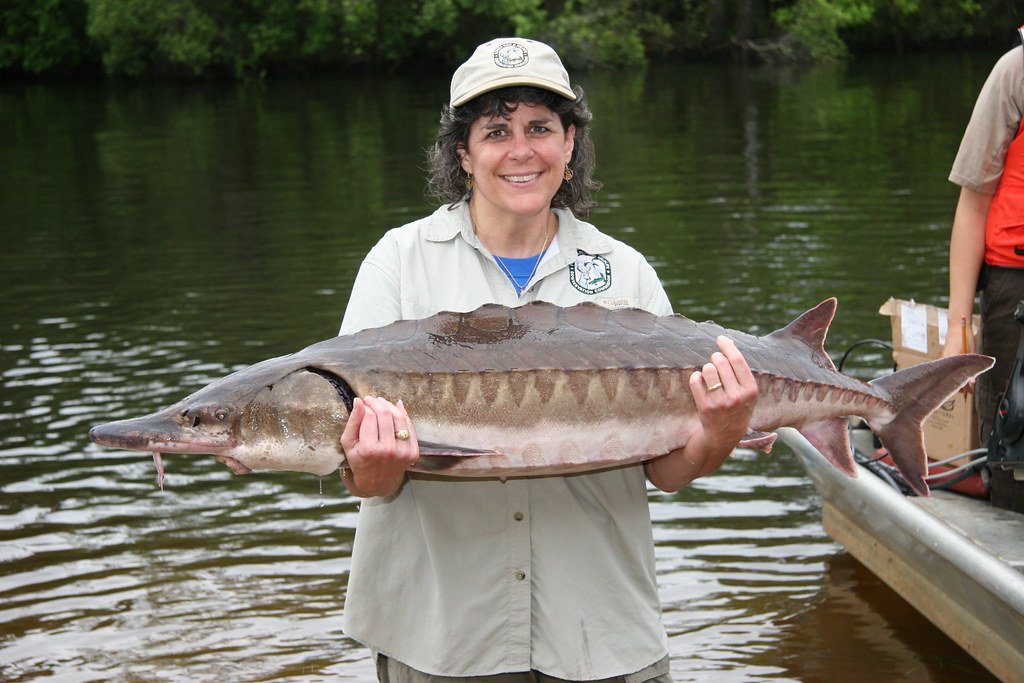
Sturgeons have been swimming in Earth’s waters for around 200 million years. These large, bony fish are renowned for their caviar, but it’s their ancient lineage that captures the imagination. Their scutes and elongated bodies showcase primitive characteristics that have withstood millennia of change.
Survival Characteristics of Living Fossils
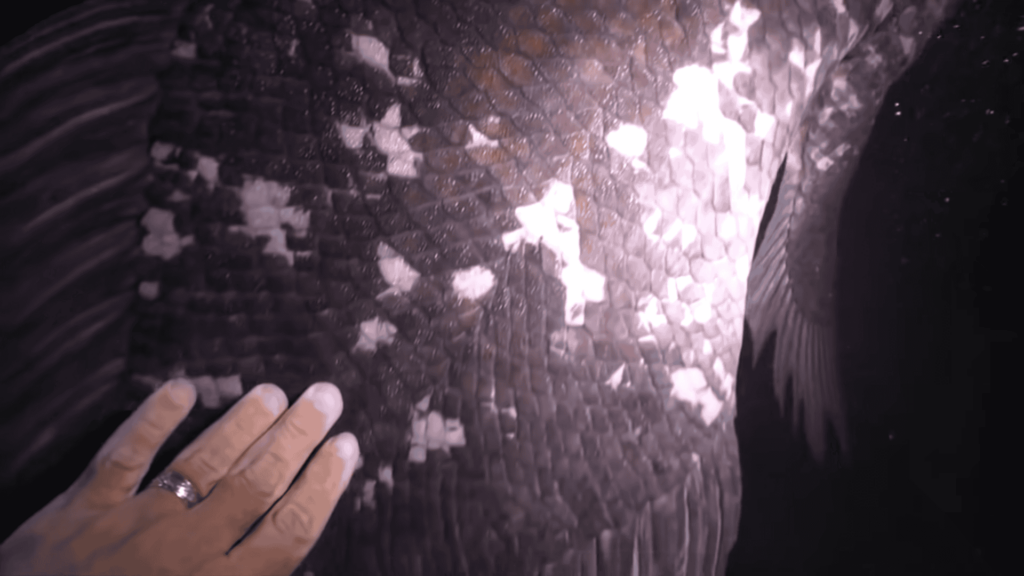
Living fossils often possess traits that promote resilience: slow growth, long lifespans, and specialized feeding habits. Their ability to occupy ecological niches with little competition makes them highly successful survivors. This resilience is etched into their DNA, making them fascinating subjects for evolutionary studies.
The Ecological Importance of Living Fossils
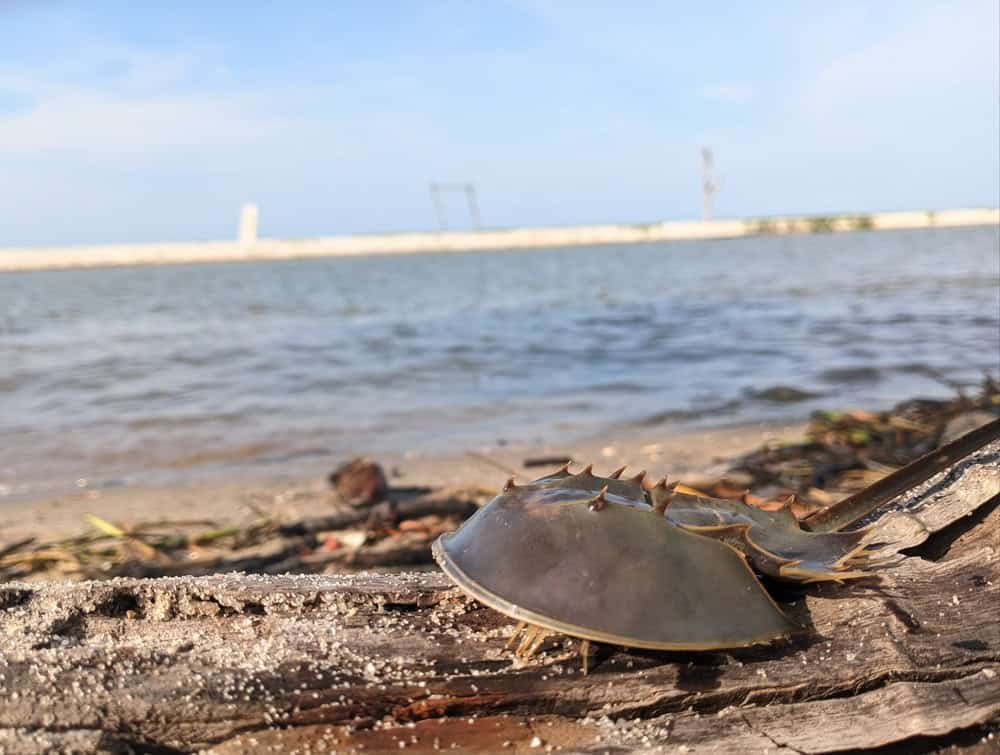
These organisms are crucial to their ecosystems, often playing pivotal roles in food webs and habitat maintenance. From sturgeons shaping riverbeds to horseshoe crabs supporting migratory bird populations, they maintain ecological balance and biodiversity. Understanding their roles helps scientists gauge ecosystem health and dynamics.
Threats and Conservation Efforts
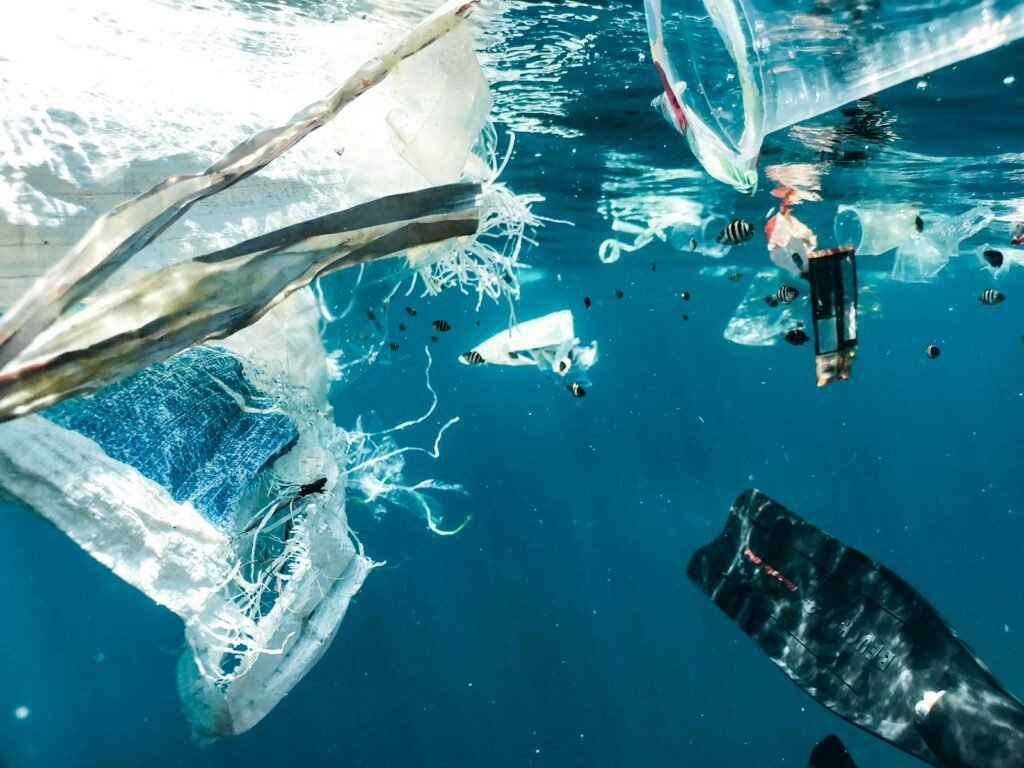
Despite their endurance, living fossils face myriad threats, primarily due to human activity. Habitat destruction, pollution, and climate change pose significant risks to their survival. Conservation efforts aim to preserve their habitats and mitigate human impact, recognizing these species’ irreplaceable value to natural history.
Conclusion: Guardians of Ancient Earth

The living fossils offer a direct link to Earth’s distant past, bridging ancient and modern worlds. Their continued existence is a testament to the resilience of life and the intricate tapestry of evolution. By protecting these extraordinary species, we honor not only their history but also the enduring spirit of nature itself.
These stories of Earth’s most enduring species remind us of the planet’s vast timeline. From the depths of the oceans to ancient forests, living fossils enrich our understanding of life’s complex journey across the ages. As we delve into their lives, we gain invaluable insights into the past’s formidable environments and the boundless potential of evolution.




